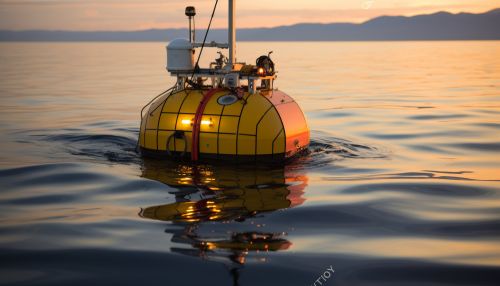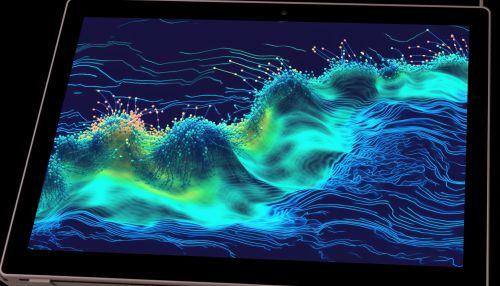The Role of Geostatistics in Predicting Oceanic Circulation
Introduction
Geostatistics is a branch of statistics that deals with spatial or spatiotemporal datasets. It has been widely used in various fields, including geology, petroleum geology, hydrogeology, and environmental science. In recent years, it has also been applied in predicting oceanic circulation, playing a crucial role in understanding and forecasting ocean dynamics.


Geostatistics and Its Principles
Geostatistics is based on the theory of regionalized variables, which assumes that the spatial variation in any dataset is structured and continuous. This theory is used to estimate the value of unsampled locations based on sampled locations, using techniques such as kriging and variogram modeling.
Application of Geostatistics in Oceanic Circulation
Geostatistics has been applied in predicting oceanic circulation through various methods. These include the use of geostatistical techniques to analyze and interpret oceanographic data, such as temperature, salinity, and current velocity, collected from various sources like satellite oceanography, Argo floats, and ship-based measurements.


Geostatistical Techniques in Oceanic Circulation Prediction
Kriging
Kriging is a geostatistical interpolation technique used to predict the value of a variable at an unsampled location based on the values at sampled locations. In the context of oceanic circulation, kriging can be used to estimate parameters such as temperature, salinity, and current velocity at unsampled locations in the ocean.
Variogram Modeling
Variogram modeling is another geostatistical technique that is used to quantify the spatial variability of a dataset. In oceanic circulation prediction, variogram modeling can be used to analyze the spatial variability of oceanographic parameters and to model the spatial correlation structure of these parameters.


Challenges and Future Directions
While geostatistics has proven to be a valuable tool in predicting oceanic circulation, there are still challenges to be addressed. These include the need for more accurate and comprehensive oceanographic data, the development of more advanced geostatistical techniques, and the integration of geostatistics with other predictive models.
Despite these challenges, the future of geostatistics in oceanic circulation prediction looks promising. With the advancement of technology and the increasing availability of high-quality oceanographic data, geostatistics is expected to play an even more significant role in understanding and predicting ocean dynamics.


